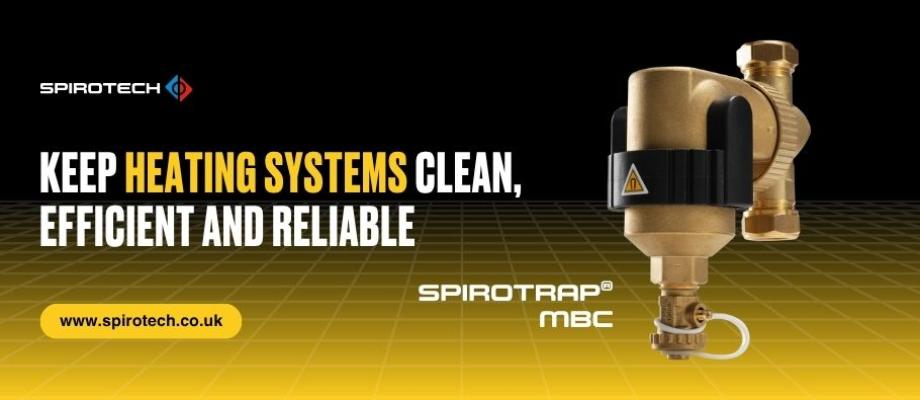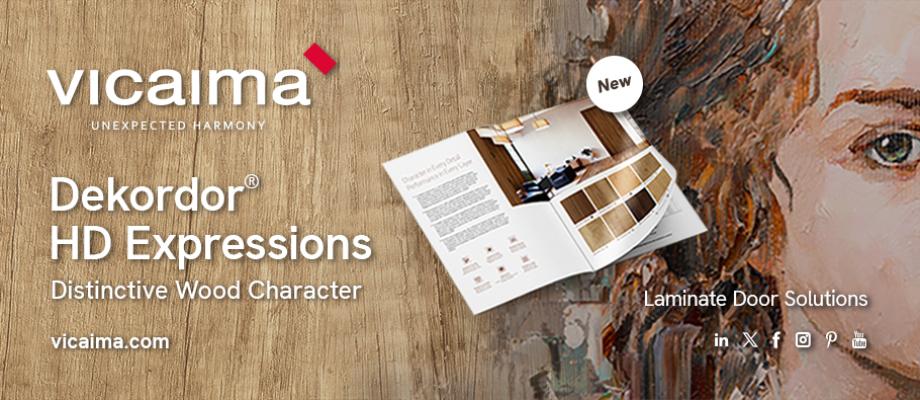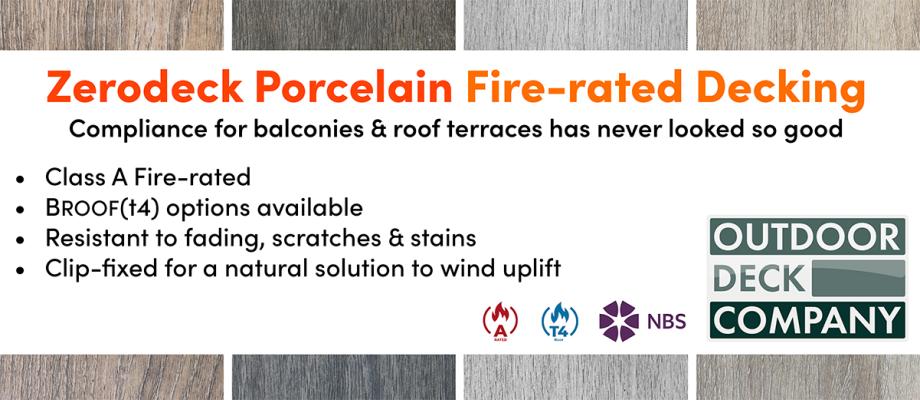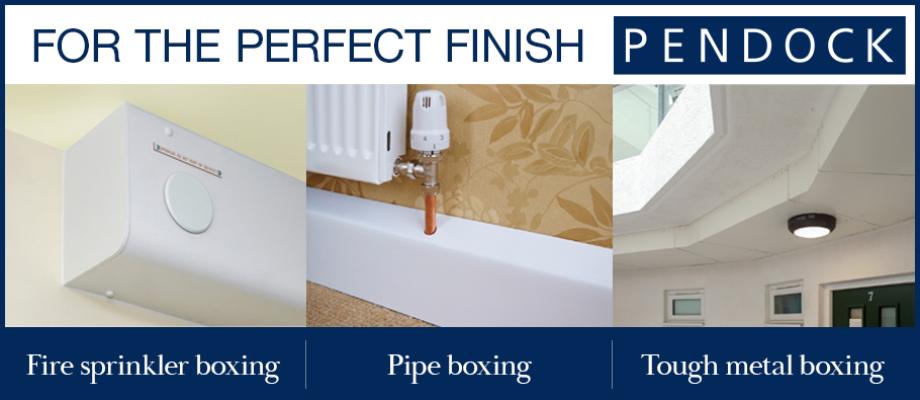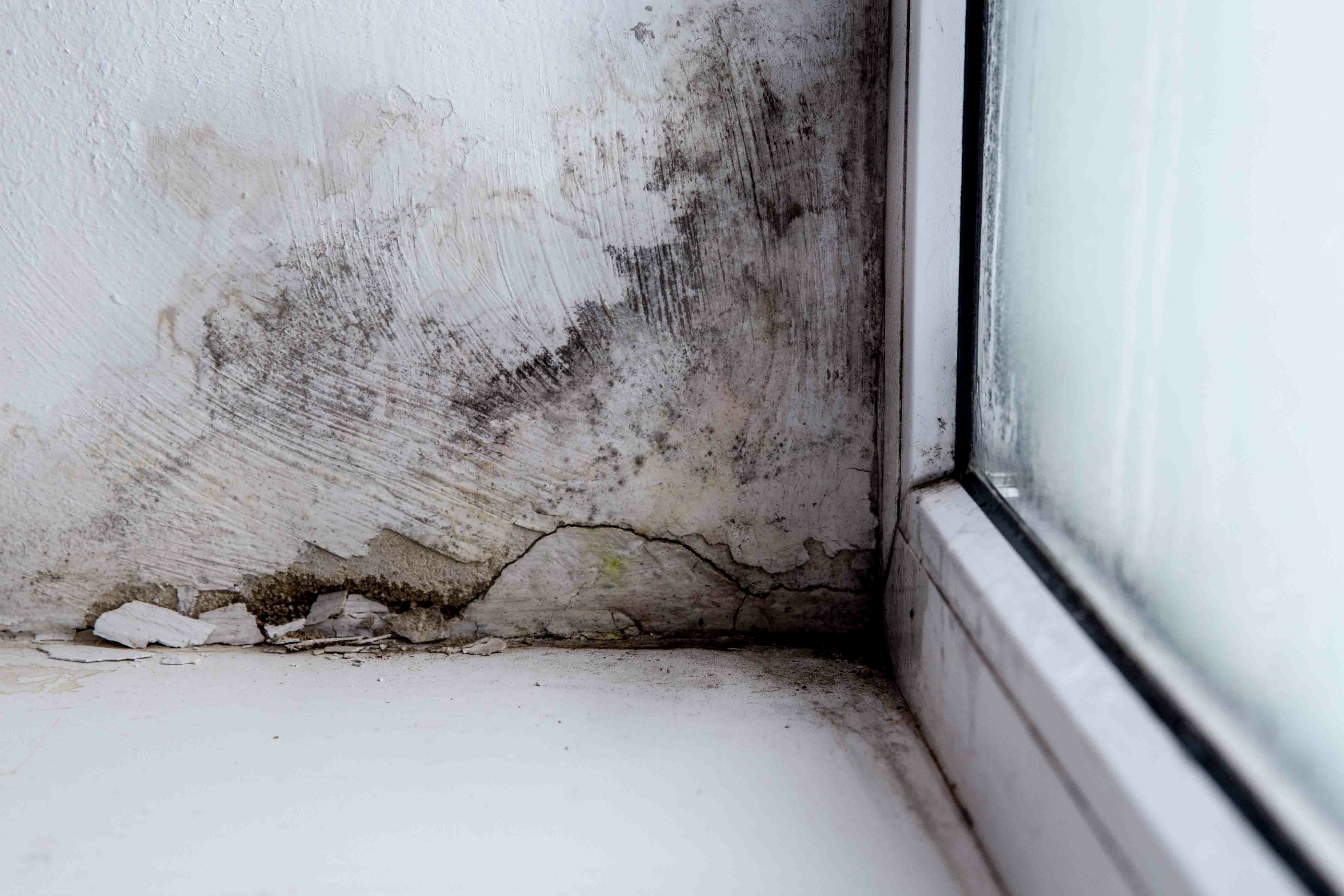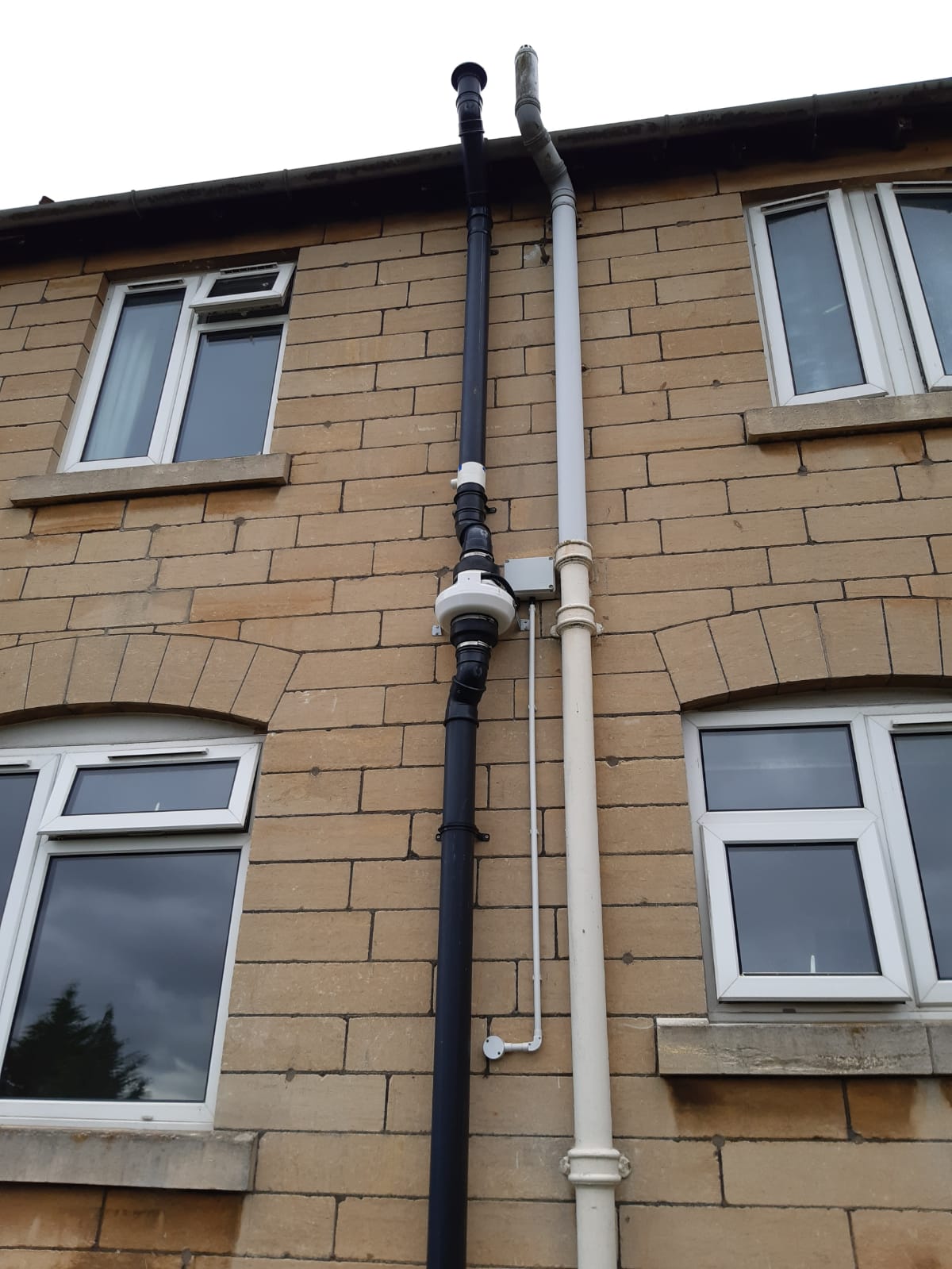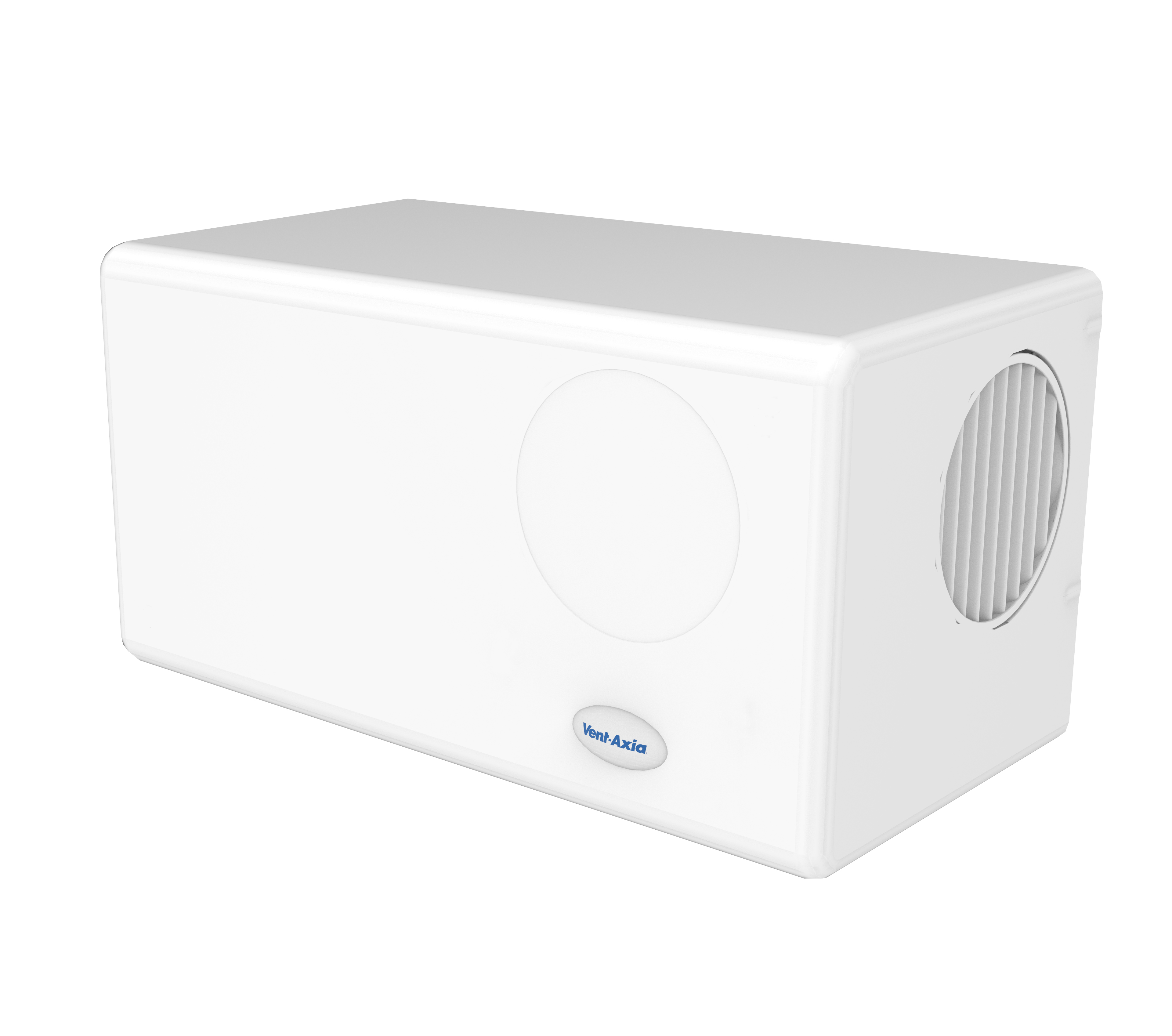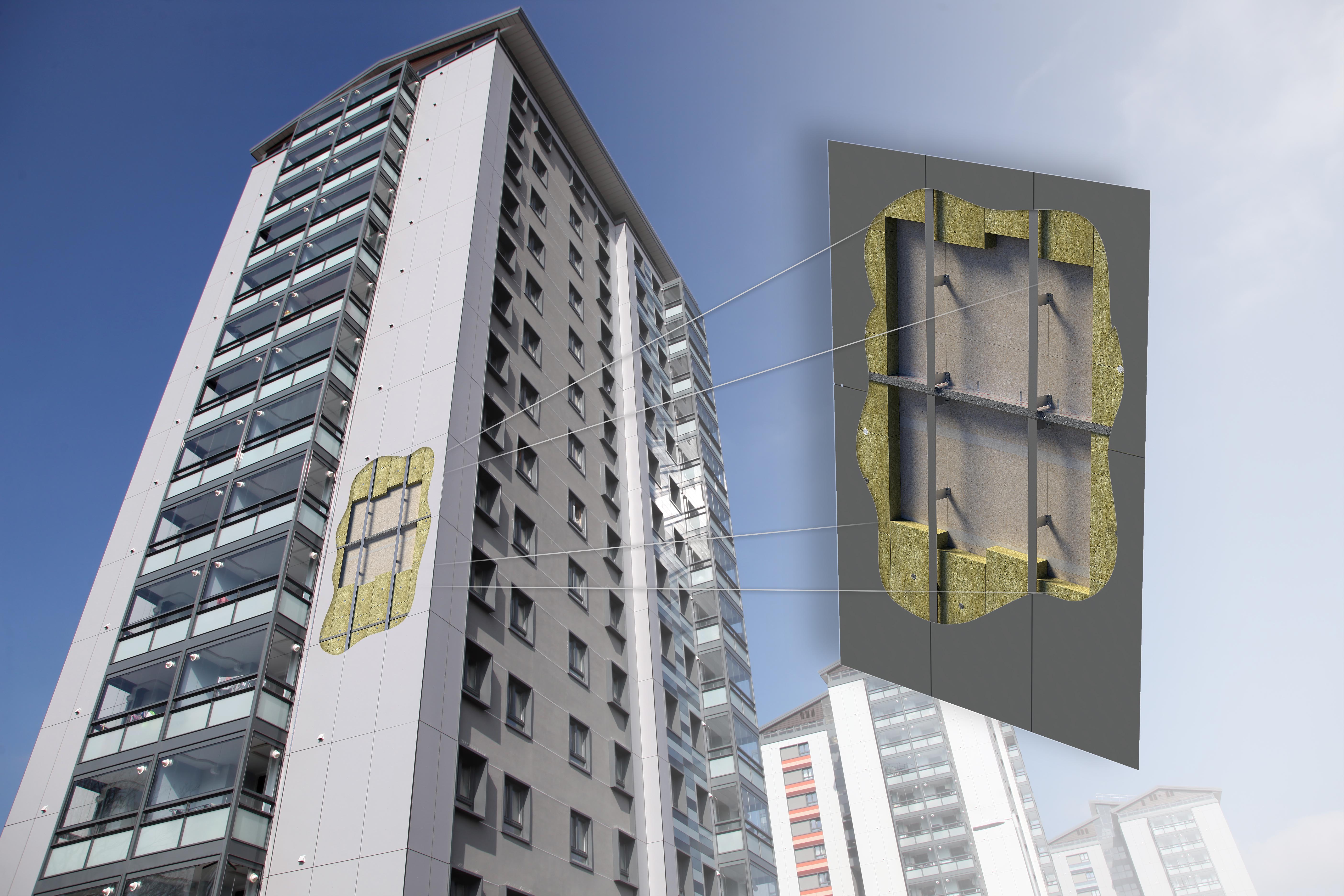Vent-Axia provides ventilation for Giving Back Crawley’s HQ Refurbishment
Leading British ventilation manufacturer, Vent-Axia, has donated ventilation units to local charity, Giving Back Crawley, as part of the refurbishment of its new base. A small charity that serves the local homeless community, Giving Back Crawley found a permanent place to operate from, including preparing and cooking hot meals, but the building needed a complete refurbishment following water damage. Vent-Axia supported this great cause with ventilation to help make the place a suitable home for the charity.
Vent-Axia was more than happy to help Giving Back Crawley. One of the company’s members of staff Linda Dawson regularly volunteers at the charity so was able to give a first-hand account of all the good work the charity does with helping the homeless in Crawley. Cooking and delivering over 100,000 meals in the last 18 months to those who need them most, Giving Back Crawley serves the homeless community in Crawley, West Sussex and is entirely run by volunteers. As well as serving their guests free meals, the charity provides the essential items they need to get by such as clothing, bedding and wellbeing items. Giving Back Crawley’s new base also allows them to run a free grocery shop and host regular health checks with paramedics.

